Bate-bola com o baixista visou saber o que realmente aconteceu por trás do fim da banda
Por Luiz Athayde
[English below – scroll down]
O mundo, ou ao menos parte dele no que diz respeito à esfera gothic metal, foi pegado de surpresa com o anúncio do fim do Tristania. Após 26 anos, o grupo norueguês formado em Stavanger encerrou todas as suas atividades, incluindo a turnê que fariam na América do Sul, com três datas no Brasil em dezembro.
Nesse tempo, foram 7 álbuns de estúdio em meio a mudanças significativas de formação, sendo a última, tendo somente o Anders Høyvik Hidle da formação original. Já nos vocais, era a italiana Mariangela Demurtas (Ardous, Art of Departure) que ficou responsável pela difícil tarefa de substituir a voz de Vibeke Stene.
E ela fez muito bem. Rubicon (2010) e Darkest White (2013) foram os discos lançados com ela na formação. Este último refere-se também ao baixista Ole Vistnes – também membro do Shining norueguês – que se juntou ao grupo em 2009. E foi com ele que bati um papo curto via email, para saber mais sobre o que realmente aconteceu para a banda ter acabado.
Olá, Ole, obrigado por aceitar responder algumas perguntas para o Class Of Sounds. “O Tristania não existe mais” foi um comunicado que chocou todos os fãs, incluindo os latino-americanos, que estavam esperando por uma nova turnê por aqui. O que realmente aconteceu?
Ole Vistnes: Olá Luiz, o prazer é meu. Foi um choque mesmo. Estávamos muito ansiosos para finalmente fazer a turnê que está em andamento há 3 anos. Sobre o que realmente aconteceu, não há mais a dizer do que já foi dito no comunicado de imprensa. Estávamos nos preparando para a turnê, então a banda foi informada de que havia uma situação médica e, após uma exploração completa de todas as maneiras possíveis de resolver a situação, ficamos aquém e fomos forçados a cancelar. E a parte triste é que esta é uma situação irreversível, então não vemos outra maneira senão deixar Tristania se tornar história para sempre.

Quem é o membro da banda que está com este sério problema de saúde dentro da família?
Ole Vistnes: Não vou elaborar mais sobre o conteúdo da mensagem do que já foi escrito na declaração oficial.
Os membros remanescentes, incluindo você, têm planos de formar uma nova banda?
Ole Vistnes: Não, não estamos conversando sobre isso no momento. Dito isto, Tristania não é apenas minha banda, é também alguns dos meus melhores amigos e músicos favoritos, então sempre há a possibilidade de algo acontecer no futuro com esses caras. Mas não será Tristania.
Você entrou no Tristania após inúmeras mudanças de formação. Rolou alguma pressão por parte dos fãs mais radicais por não ser um membro original em seus 13 anos no grupo?
Ole Vistnes: Não, na verdade não. Eu era apenas o segundo baixista a fazer parte da banda, e quando entrei, o núcleo da formação original ainda estava lá. Depois de alguns anos, adicionamos novos membros e, claro, o nome Tristania cresceu para incorporar os novos caras e como queríamos soar. A única pressão que eu já senti foi para mim e meus companheiros de banda para ser o melhor baixista e compositor que eu pudesse.
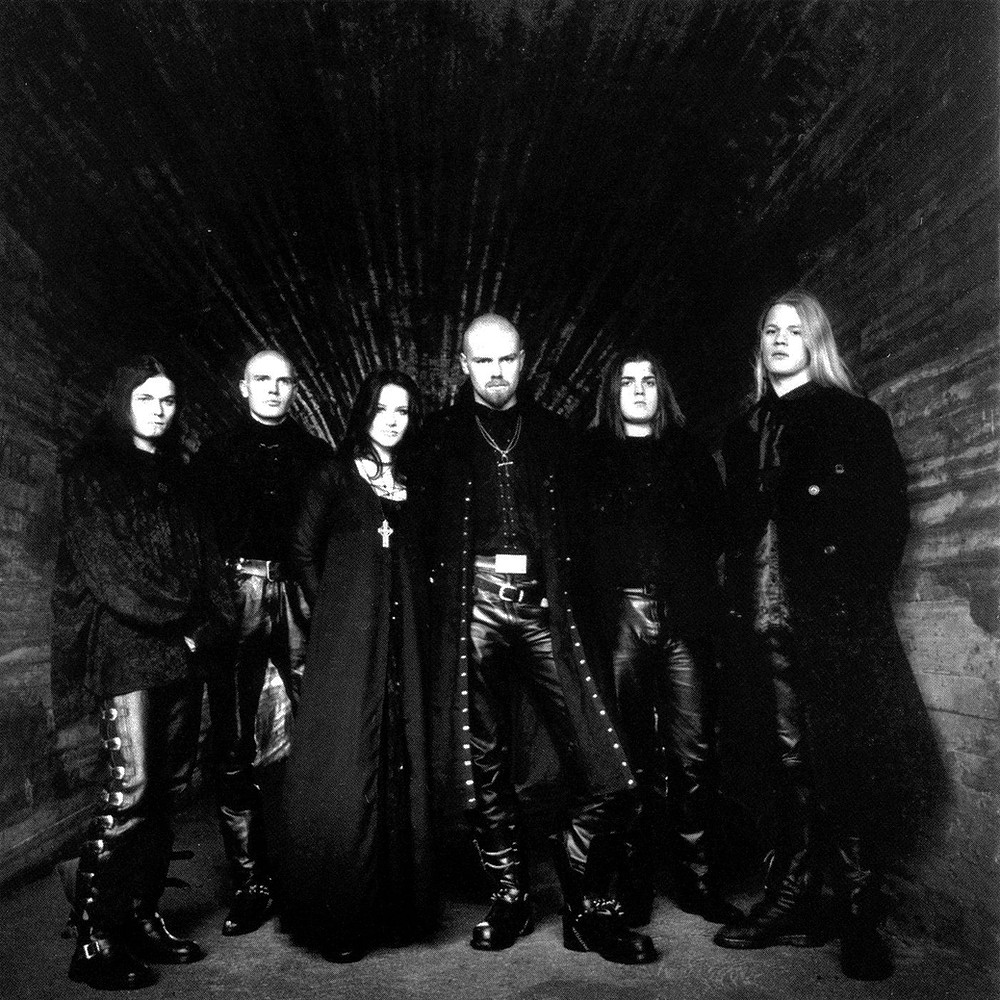
Com os novos integrantes, a banda obviamente passou a soar diferente. Qual foi sua contribuição nos álbuns ‘Rubicon’ and ‘Darkest White’? Ambos soam bem pesados, e distantes do começo Symphonic/Gothic Metal.
Ole Vistnes: Bem, ha ha, eu acho que alguns dos [álbuns] “antigos” [do] Tristania soam bem pesados também!
Minha principal contribuição para esses álbuns foi a composição. No Rubicon foi uma colaboração muito legal entre eu, Anders, Einar, Tarald, Mari, Kjetil e Østen. Eu tive que explorar como escrever riffs pesados com partes vocais melódicas puras. No Rubicon todas as músicas foram minhas ideias e eu escrevi o corpo principal do álbum. Juntamente com Anders, os cantores e nosso produtor Christer Cederberg, terminamos as músicas juntos, e Tarald escreveu todas as letras. Eu também faço o vocal principal nos refrões de “Lavender” e o segundo refrão de “Arteries”.
No fim de 2020 eu entrevistei o violinista Pete Johansen [leia aqui], e ele mostrou muito carinho pelo Tristania. Mesmo agora, em sua rede social, ele compartilhou algumas lembranças do tempo em que excursionou com a banda. E suas memórias? Alguma história curiosa para contar?
Ole Vistnes: Pete é uma figura adorável, e foi um prazer estar em turnê com ele, sem falar que ele também esteve [na banda] em estúdio! Me lemnbro de quando a gente estava no estúdio, ele apenas pegou o violino, coloquei a faixa para “gravar” e ele deixou rolar! A música estava saindo dele, eu me diverti muito compondo e escolhendo as melhores partes que entraram no álbum!
Para encerrar esta rápida entrevista, qual seu álbum predileto do Tristania e qual você indicaria para alguém que nunca ouviu falar na banda?
Ole Vistnes: Eu absolutamente não tenho um favorito, cada um deles é muito especial para mim, e acho que o corpo de trabalho combinado sob o nome Tristania é uma jornada completa e toca muitos aspectos emocionais diferentes. Mas a música já mencionada, “Lavender” é muito, muito especial para mim pessoalmente, se você conhece, você sabe, e não apenas porque eu canto nela.
Comentários finais? O espaço é todo seu.
Ole Vistnes: Obrigado por me dar esta oportunidade de falar diretamente com nossos fãs latino-americanos neste momento triste. Sou muito grato por todo o apoio que tivemos ao longo dos anos e estou muito feliz por ter viajado por aí com o Tristania e conhecer pessoas incríveis!
É claro que ainda estou vivendo uma vida muito musical, passo muito tempo compondo e espero que vocês ainda não tenham ouvido falar de mim pela última vez.
Fui abençoado por fazer parte da orgulhosa história que é o Tristania.
Tudo de bom aí.
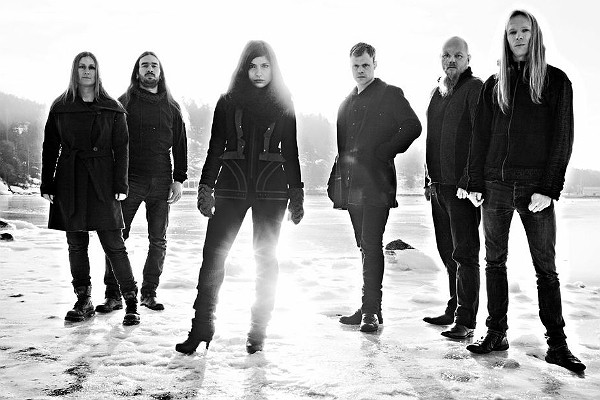
Interview: “something might happen in the future, but it will not be Tristania”, says Ole Vistnes
I had a quick chat with Tristania’s bassist to know what really happened behind the end of the band
By Luiz Athayde
The world concerning the gothic metal sphere, was taken by surprise with the announcement of the end of Tristania. After 26 years, the Norwegian group formed in Stavanger has ended all its activities, including the tour they would do in South America, and including also, three dates in Brazil in December.
In this time, they released 7 studio albums between significant line-up changes. The last one having only Anders Høyvik Hidle from the original line-up. On the vocals, it was the Italian Mariangela Demurtas (Ardous, Art of Departure) who was responsible for the difficult task of replacing Vibeke Stene’s voice.
And she did it very well. Rubicon (2010) and Darkest White (2013) were the records released with her on that line-up. These two albums also refers to the bassist Ole Vistnes – also a member of the Norwegian band Shining – who joined the group in 2009. So, I had a short chat with him via email, to find out more about what really happened on the band’s departure.
Hi Ole, thank you for accept answering some questions for Class Of Sounds. “Tristania is no more” was a shocking statement for all the fans, including the Latin American, who were waiting for a new tour of the band. What really happened?
Ole Vistnes: Hi Luiz, my pleasure. It was a shock indeed. We were very much looking forward to finally do the tour that has been in the works for 3 years. Regarding what really happened, there is not more to say than was already stated in the press release. We were preparing for tour, then the band was informed that there was a medical situation, and after thorough exploration of all possible ways to solve the situation, we came up short, and was forced to cancel. And the sad part is that this is a situation not looking to change, so we see no other way than to let Tristania become history for good.
Who’s the band member with the serious medical situation in near Family? Is this something irreversible?
Ole Vistnes: I am not going to elaborate more on the content of the message than was already written in the official statement.
Have the former members, including you, plans to form a new band?
Ole Vistnes: No, we are not in the talks of that at the moment. That being said, Tristania isn’t only my band, it´s also some of my best friends and favourite musicians, so there is always a possibiliy that something might happen in the future with these guys. But it will not be Tristania.
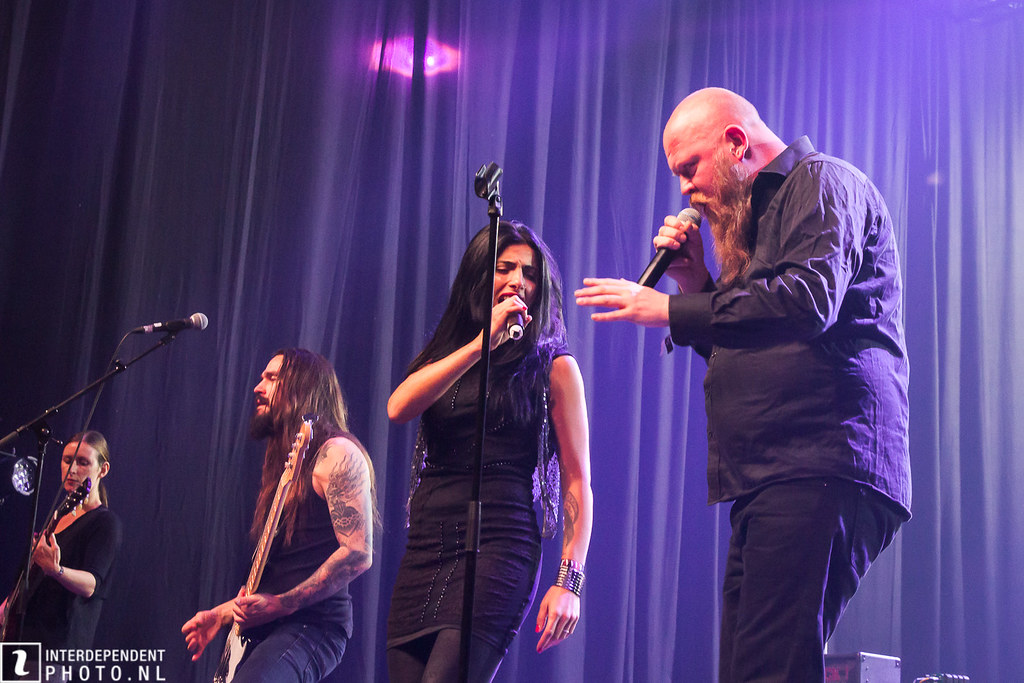
You joined Tristania after many line-up changes. Do you felt any pressure by hardcore fans for not being an original member in your 13 years with the group?
Ole Vistnes: No, not really. I was only the second bass player to be a part of the band, and when I joined the core of the original lineup was still there. After a couple of years, we added new members, and of course the Tristania name grew to incorporate the new guys and how we wanted to sound. The only pressure I ever felt was towards myself and my band mates to be the best bass player and songwriter I possibly could.
With new members, the band obviously sounded different. What’s your contribution on ‘Rubicon’ and ‘Darkest White’ albums? Both sounds pretty heavy, and so far from the early Symphonic/Gothic Metal.
Ole Vistnes: Well haha, I think some of the «old» Tristania sound pretty damn heavy too!
My main contribution to those albums is the songwriting. On Rubicon it was a very nice collaboration between myself, Anders, Einar, Tarald, Mari, Kjetil and Østen. I got to explore how to write heavy riffs with pure melodic vocal parts. On Rubicon all the songs were my ideas and I wrote the main body of the album. Together with Anders, the singers and our producer Christer Cederberg we finished the songs together and Tarald wrote all the lyrics. I do also sing the main vocal on the choruses on “Lavender” and the second chorus on “Arteries”.
Late in 2020 I interviewed Pete Johansen [read more] and he showed a lot of affection for Tristania. Even now, on his social media, he shared some memories when toured with the band. And your memories? Some funny tour histories to share?
Ole Vistnes: Pete is a lovely character, and it was a treat to be touring with him, not to forget to have him in the studio! I remember when we were in the studio, he just picked up his violin, I set the track to «record» and he let it rip! The music was just pouring out of him, I had a great time composing and picking out the best parts that made it to the album!
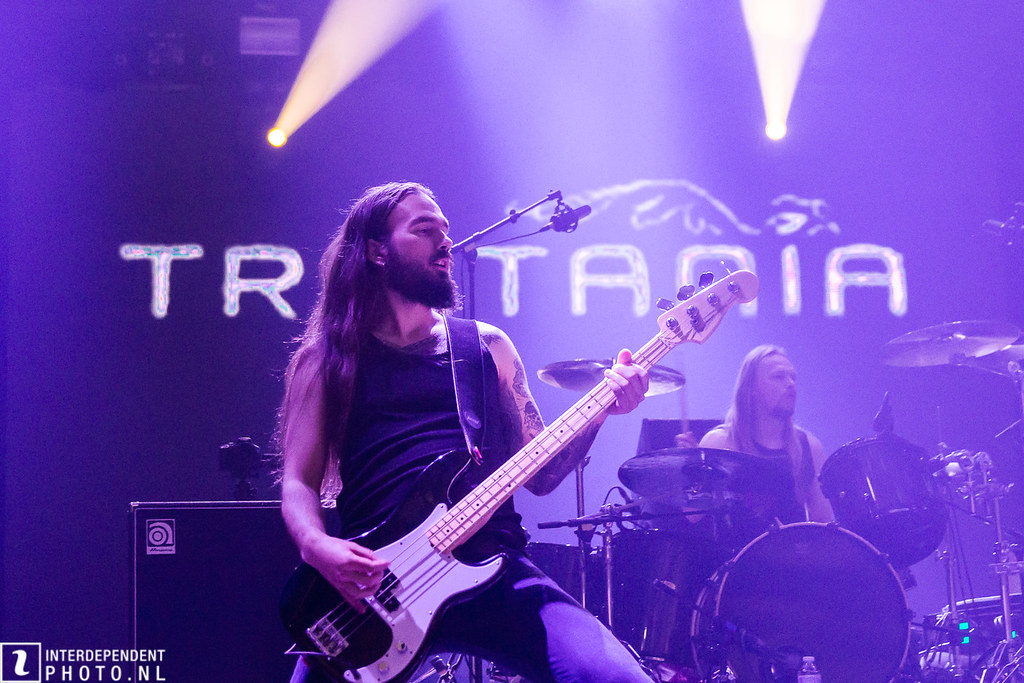
To end this quick interview, could you tell us your favourite Tristania record and which one would show to someone never heard the band?
Ole Vistnes: I absolutely don’t have a favorite, they are each very special to me, and I think the combined body of work under the Tristania name is a complete journey and touches a lot of different emotional aspects.
But the song already mentioned, “Lavender” is very very special to me personally, if you know you know, and not just because I sing on it.
Final comments? The place is all yours.
Ole Vistnes: Thank you for giving me this opportunity to talk directly to our Latin American fans in this sad time. I am very grateful for all the support we have had over the years, and I am very glad I got go travel there with Tristania, and meet the awesome people!
I am of course living a very musical life still, I use a lot of time writing and hopefully you haven’t heard the last from me yet.
I have been blessed to be a part of the proud story that is Tristania.
All the best
Entrevista/Interview: Luiz Athayde
Revisão/Text Revision: Eduardo “Tob” Miranda
Fotos/Photo: Sara Johannessen, Ton Dekkers, Emile Max. Ashley


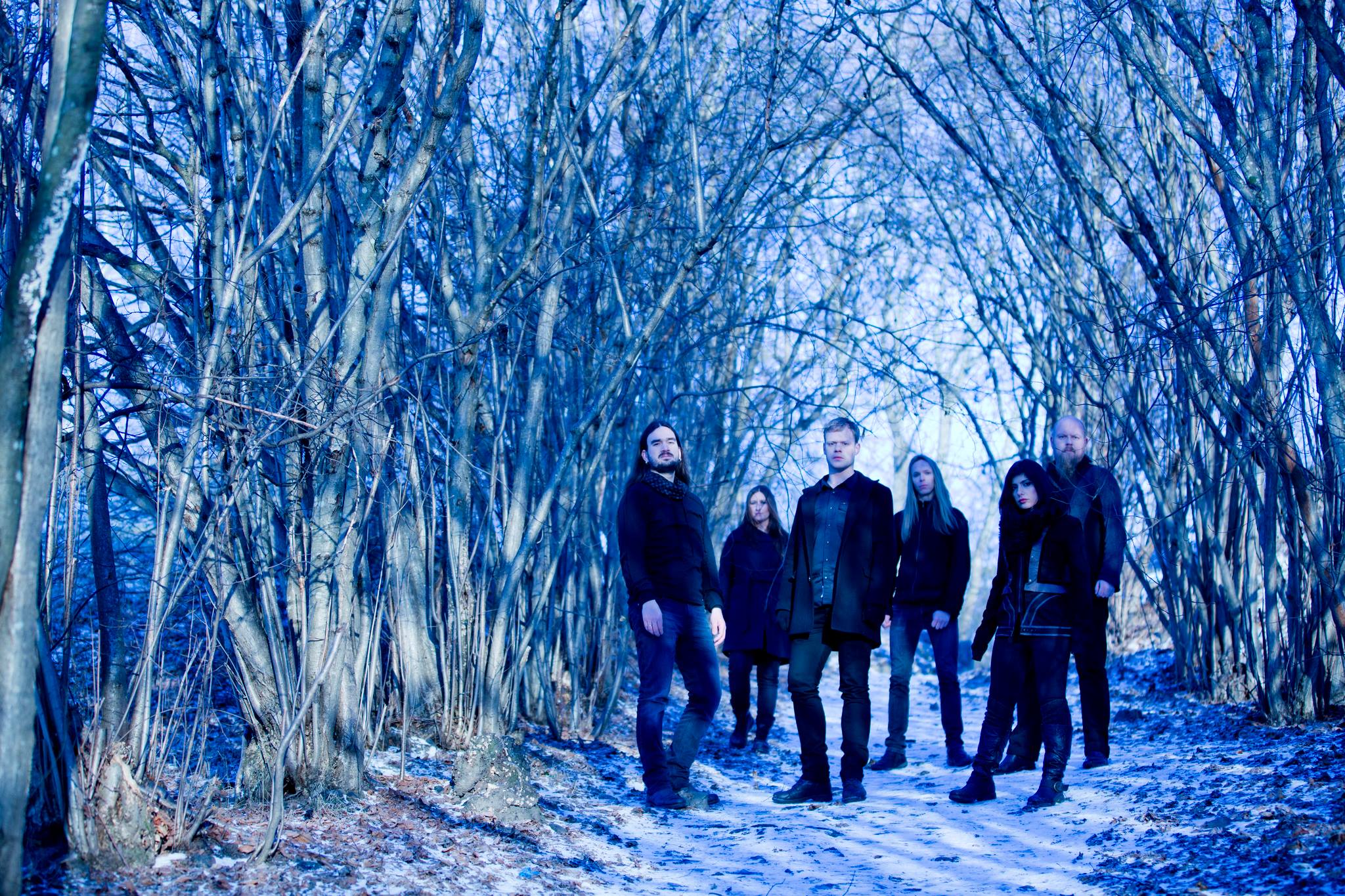


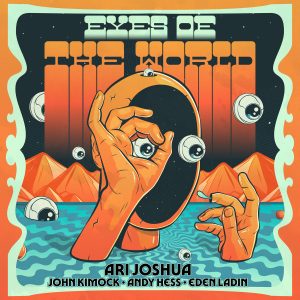
Pingback: Shining comemora aniversário do clássico ‘Blackjazz’ com performance ao eletrizante de “Fisheye” - Class of Sounds
Pingback: Shining surpreende (novamente) em seu novo single e clipe; “Us Against The World” - Class of Sounds